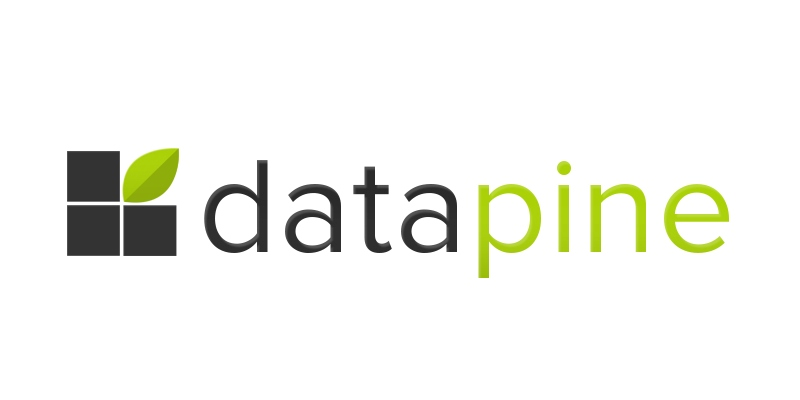Benefits of Data Analytics in Business
These days, most businesses use data analytics to examine present situations and predict future scenarios. The results of these actions can bring many benefits and advantages. These benefits include:
Better Decision-Making
Rather than relying on intuition alone, companies are better equipped to make accurate predictions.
More Accessible Analytics
With self-service, intelligent tools, organizations can gain complete visibility into their operations across all departments.
Automation
Businesses can automate 69% of time spent on data processing, which stands to increase business effectiveness while reducing costs.
Predictive Modeling
Predictive modeling allows organizations to understand the root causes behind problems and predict future outcomes.
Types of Data Analytics
There are six types of data analytics. One can employ them in making a complete data analysis depending on the problem. The kinds of insights you get from your data depend on the type of analysis you perform.

The successful businesses
are those that constantly learn and adapt.
1. Descriptive data analytics
This type of data analytics examines past data to explain what had happened. Companies use statistical analysis techniques to perform descriptive data analysis. It helps them compare past results, identify anomalies, distinguish strengths and weaknesses, etc.
2. Diagnostic data analytics
Diagnostic data analytics examines past data to explain the cause of an anomaly. This type of analytics aims to answer “why did this happen?” from a descriptive analytics result. It helps companies draft accurate solutions to problems instead of relying on guesswork.
3. Predictive data analytics
Predictive data analytics involves using current or historical data to predict future actions. These help them to quickly locate patterns and predict risks and opportunities in the future.

Big Data analytics
combined with statistical algorithms and historical data gives marketers the ability to predict consumer behaviors and outcomes more accurately.



